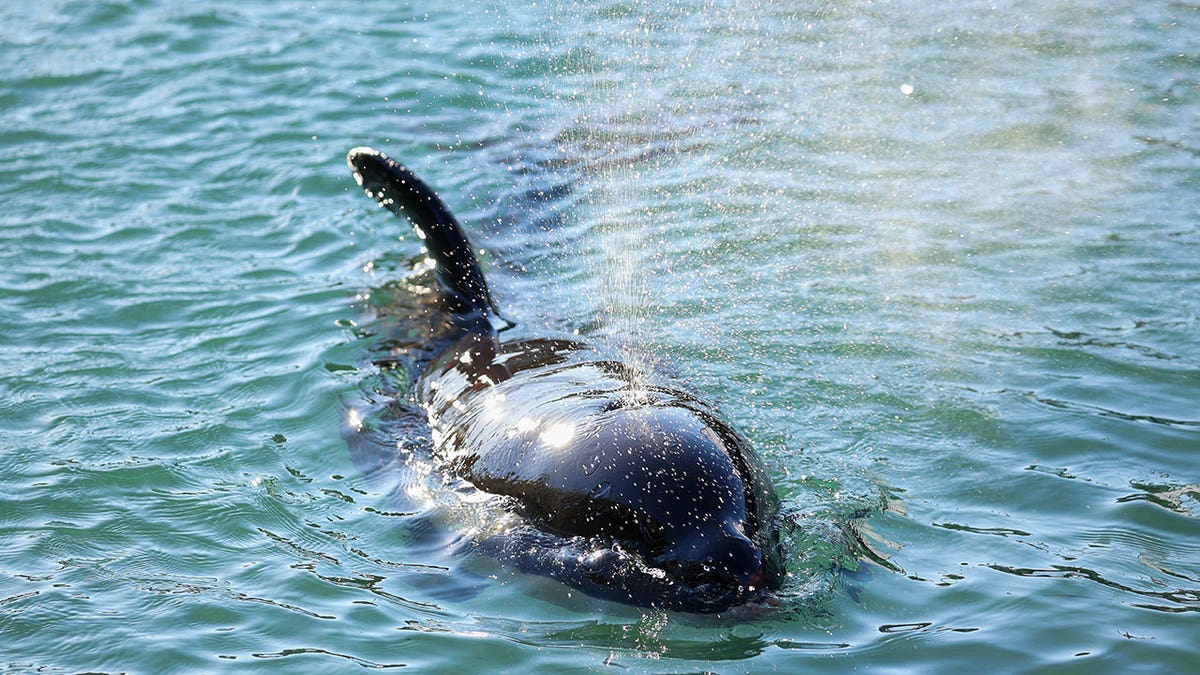Scientists are celebrating the possible birth of a new orca calf within the endangered southern resident killer whale population in the Pacific Northwest. The Center for Whale Research announced the exciting news after receiving photographs appearing to show a newborn calf swimming with L pod near Tofino, British Columbia. This pod is part of the southern resident orca community.
The calf, estimated to be over three weeks old, represents a glimmer of hope for this struggling population. The last successful birth in L pod was L125 in 2021. Researchers are eager to observe the calf directly to confirm its parentage, assess its health, and officially add it to the population registry.
While the birth is a positive development, experts remain cautiously optimistic. Infant mortality rates are high during the first year, and the southern resident orcas face numerous challenges, including a shortage of Chinook salmon, their primary food source, along with pollution and disruptive underwater noise that interferes with their hunting.

If this new calf survives, it will bring the total number of southern resident orcas to 74, a precarious figure that underscores the ongoing struggle for this iconic species. This population count remains alarmingly low, comparable to numbers seen in 1974 after the devastating impact of live-capture fisheries in the 1960s. The population reached its peak at 98 orcas in 1995 but has experienced a concerning decline since then.
The southern resident orcas are divided into three pods – J, K, and L – each led by a matriarch. Their primary habitat encompasses the waters along the western coast of Canada and Washington state within the Salish Sea, extending down to the Oregon coast. As apex predators, they play a vital role in maintaining the balance of the marine ecosystem.
Recognizing the dire situation, the southern resident orcas were officially designated as endangered under the Endangered Species Act in 2005, with a recovery plan implemented in 2008. Further efforts to protect these whales include their inclusion in NOAA's "Species in the Spotlight" initiative in 2015 and the expansion of their critical habitat in 2021 to encompass a larger area of foraging grounds and migratory routes.







